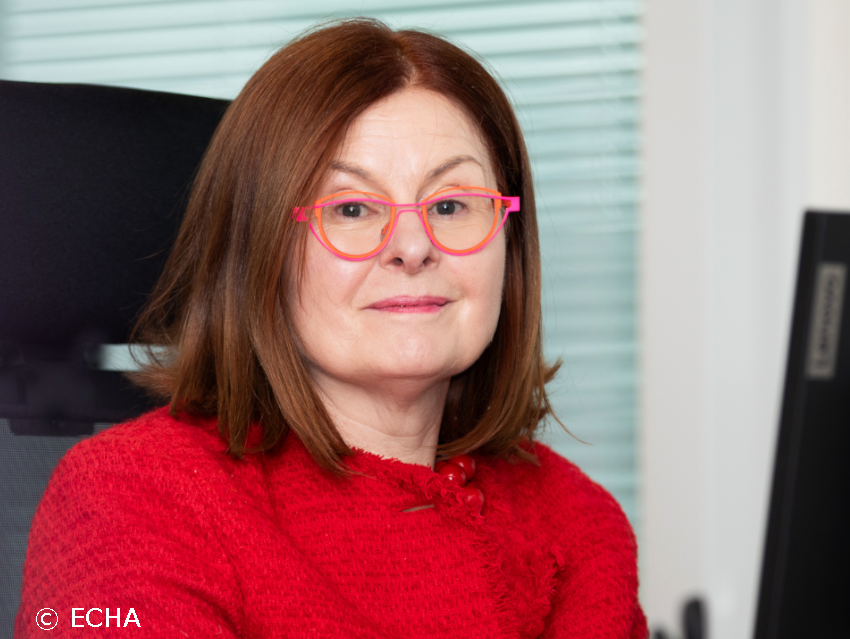The SIN (Substitute It Now) List, developed by the non-profit organization ChemSec, identifies hazardous chemicals that are likely to be banned or restricted under EU chemicals legislation such as REACH. The list includes substances that pose serious risks to human health or the environment—such as carcinogens, mutagens, and endocrine disruptors. It is developed independently with scientific input and free from industry pressure. “It is based on REACH criteria and reflects what EU legislation might look like without political delays”, ChemSec says.
For academic chemists, especially those working in synthetic chemistry, materials science, or formulation, the SIN List could serve as a practical tool to guide safer chemical design. By consulting the list early in research and development, chemists can avoid problematic substances and proactively design alternatives, making their work more sustainable and regulation-ready.
The SIN List is also a valuable resource for teaching future chemists about chemical safety, regulatory trends, and green chemistry principles. Academic researchers can lead innovation by integrating hazard-based selection into their daily lab practice.
Of course, the list is also widely used by global companies and regulators to guide safer chemical management, product design, and regulatory compliance. In addition, investors and financial analysts are using the SIN List according to ChemSec to avoid investing in companies producing hazardous substances and the financial risk that this implies.
ChemSec offers the SIN List as an open-access online database, complete with substance profiles and supporting regulatory information. It serves as one of the most progressive chemical standards globally, helping companies ensure safer products and maintain REACH compliance both now and in the future.
- ChemSec, Göteborg, Sweden
Also of Interest

Interview: The Future Role of ECHA, the European Chemicals Agency
Sharon McGuinness discusses ECHA’s new roles and challenges, emphasising collaboration and the role of academic scientists in European chemicals regulation




